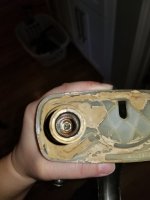Back flushing water lines in a home filled with silt and gravel. What do you do when the irrigation installers let dirt get into your supply line to your home and dirt starts to jam up your plumbing? I was called out to a home for that. They were staying in a hotel until we could get the lines flushed out. When I was able to find a time for that, I devised a device out of parts from the truck to back flush the piping in the home. I cut the incoming pipe in the garage that was feeding the home, installing a ball valve there to allow the use of the front hosebib. We then got some plastic drain line and set that up so that the back flush would go into the driveway, the water and the dirt. Hopefully.
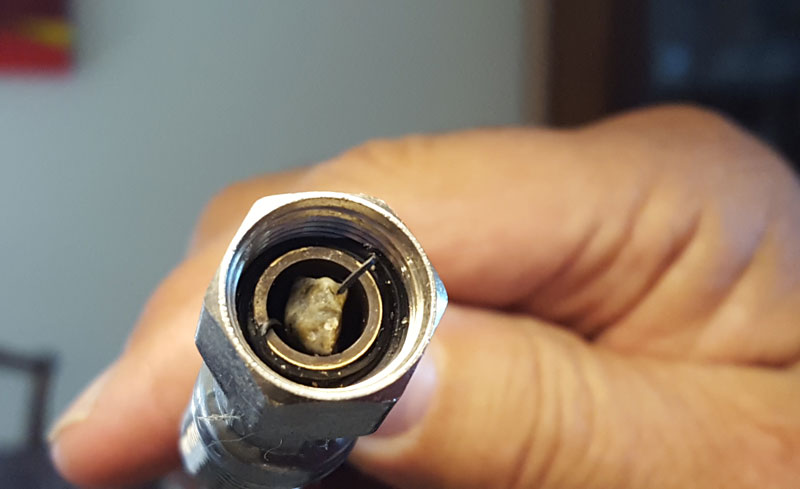
This was found in one of the toilet supply lines. One toilet had non-working fill valve.
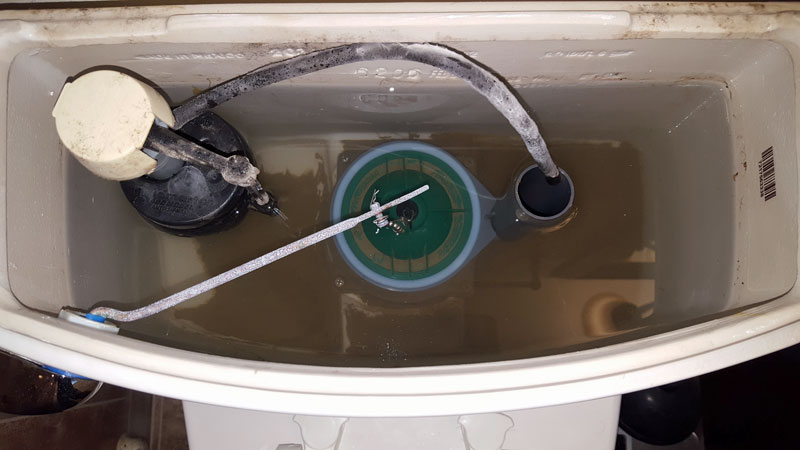
Some of the dirt on one toilet tank.
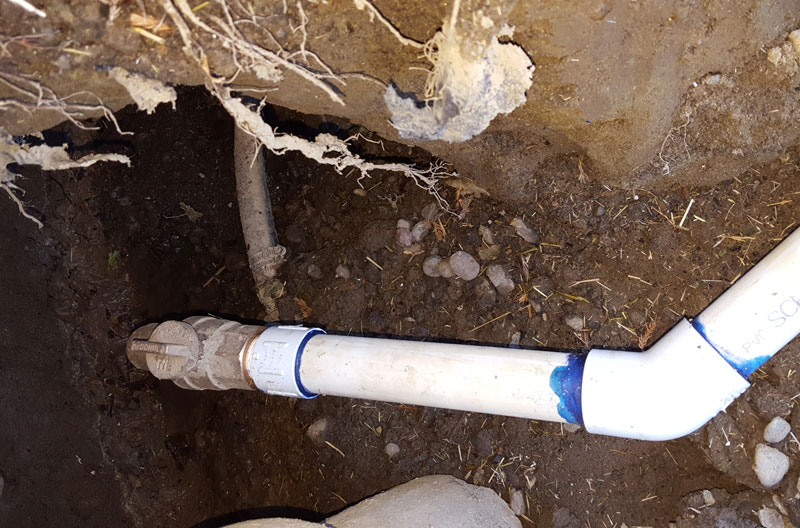
This is where they cut into the 1" poly line to the home for their PVC.
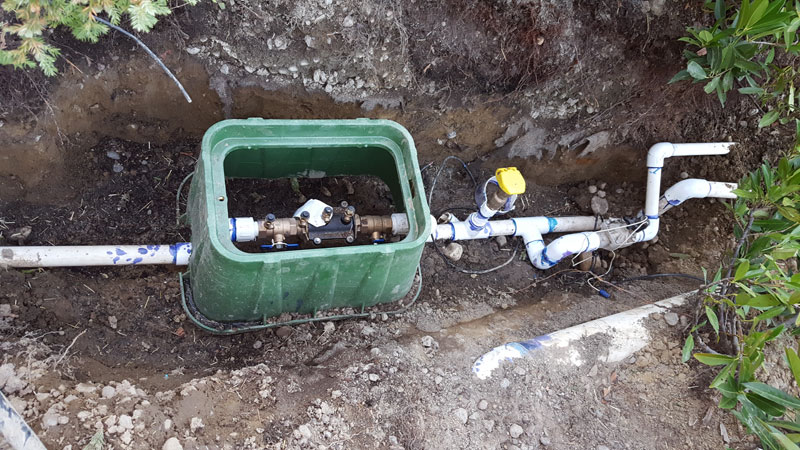
The irrigation piping piping that caused the call to me for flushing the lines.
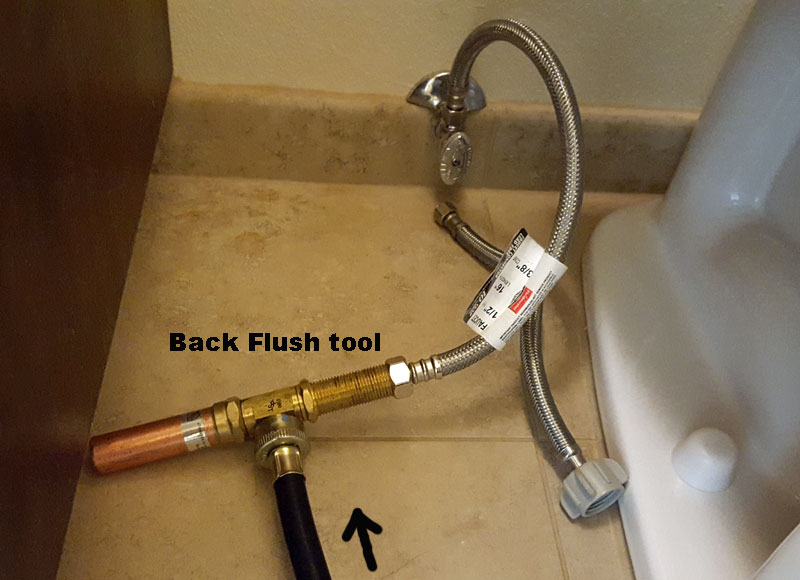
And the tool I used to back flush at the shutoffs. I would disconnect the supply lines, and using a washer shutoff, I was able to go from shutoff to shutoff, connect my 3/8" connector and back flush each location.
When we were done with all of this, the homeowner used it to wash off the street outside like a pressure washer.

This was found in one of the toilet supply lines. One toilet had non-working fill valve.

Some of the dirt on one toilet tank.

This is where they cut into the 1" poly line to the home for their PVC.

The irrigation piping piping that caused the call to me for flushing the lines.

And the tool I used to back flush at the shutoffs. I would disconnect the supply lines, and using a washer shutoff, I was able to go from shutoff to shutoff, connect my 3/8" connector and back flush each location.
When we were done with all of this, the homeowner used it to wash off the street outside like a pressure washer.
Last edited:

